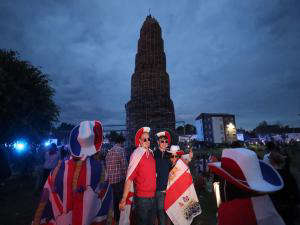
By Jonathan McCambridge and David Young, PA
Huge bonfires will burn in loyalist areas across Northern Ireland late on Sunday night to usher in the main date in the Protestant loyal order parading season – the Twelfth of July.
Here is an overview of what the event is all about.
– What is the Twelfth?
It is a day of commemorations, organised by loyal orders, marking the victory of Protestant King William of Orange over Catholic King James II at the Battle of the Boyne, north of Dublin, in 1690 – a triumph that secured a Protestant line of succession to the British Crown.
The Orange Order, which was founded in 1795, continues to champion William’s legacy by espousing loyalty to the Crown and the Reformed faith. While the Orange Order is strongest in Northern Ireland, it does have a presence in Great Britain, the Irish Republic and many former British colonies.
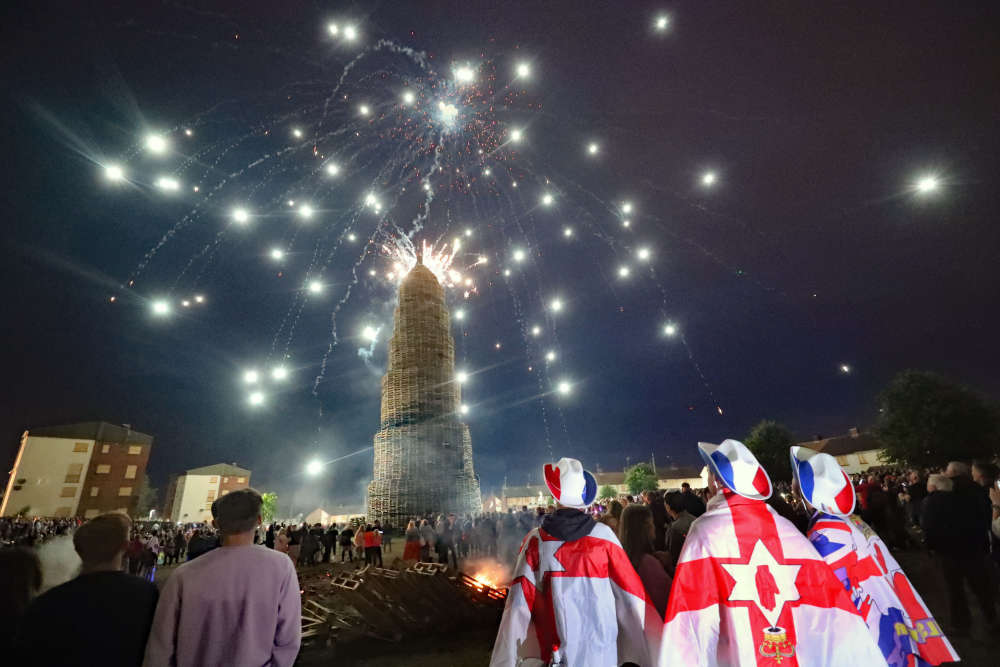
(Crowds watch a fireworks display before the huge bonfire in the loyalist Corcrain area of Portadown, Co Armagh)
Thousands of Orange lodge members parade through the summer months to celebrate William’s victory and other key dates in Protestant/unionist/loyalist culture. Those commemorations culminate on the Twelfth – the anniversary of the Boyne encounter.
– Why are bonfires lit the night before?
It has long been tradition to burn bonfires in loyalist neighbourhoods across Northern Ireland on the night of July 11 as a way of celebrating the upcoming Twelfth.
Most “Eleventh Night” fires pass off without incident, with organisers promoting them as family-friendly community celebrations, but a number have become the source of controversy in recent years.
This year, because July 11 falls on a Sunday, several bonfires were lit early on Friday and Saturday night, but the majority will be ignited just after midnight on Sunday.
– What are the issues?
The problems are often centred on safety and environmental concerns within loyalist communities over the prospect of the towering pyres causing damage to homes and businesses.
Bonfire builders, most of whom are teenagers and young adults, have found themselves at loggerheads with the statutory authorities and, sometimes, older members of their own communities.
Police believe loyalist paramilitary elements also exert a malevolent influence in resisting efforts to relocate bonfires and restrict their size. Bonfire builders portray efforts to curtail the tradition as a veiled attack on their culture. Disorder has erupted in Belfast in the past when authorities moved in to remove material from bonfires constructed close to properties.
This year, the most contentious bonfire was erected in the loyalist Tiger’s Bay area, which is adjacent to the nationalist New Lodge area. Nationalist and republican politicians said that bonfires should not be situated near interface areas and claimed that residents had been subject to attacks on their homes by bonfire builders.
Two nationalist Stormont ministers, Nichola Mallon and Deirdre Hargey, secured the assistance of Belfast City Council to remove the pyre. But in order for BCC contractors to carry out the operation, they needed protection from the Police Service of Northern Ireland (PSNI). The police refused to do so, having made the assessment that an intervention would risk disorder, placing people congregating at the bonfire, including several children, at risk.
The ministers then launched a legal bid to try and force the police to assist in removing the bonfire, which was rejected in emergency High Court proceedings. Unionist politicians have said the Tiger’s Bay bonfire is smaller than in previous years and is a legitimate expression of their culture, and accused nationalist political leaders of raising tensions.
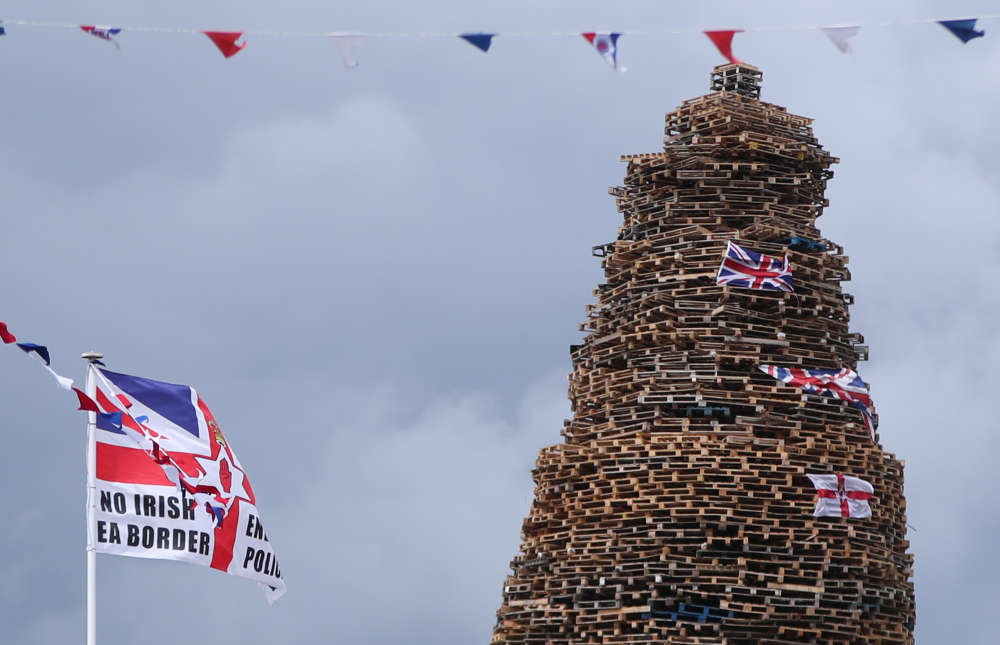
(A huge bonfire is built in the loyalist Kilcooley area of Bangor Co Down)
– Have the bonfires always been so big?
No. Eleventh Night fires were traditionally much smaller. There were also many more than there are today, with more numerous modest fires constructed on street corners across loyalist communities.
Over the years there has been a move towards consolidating the smaller fires into one central bonfire at the heart of each neighbourhood. This has partly been driven by a dwindling number of derelict sites for fires, but also by competitive rivalry among loyalist areas as to which can build the biggest bonfire.
– What is the problem around tyres?
While the bonfires are mainly constructed from wooden pallets, old tyres are often placed in the centre of the pyres as another fuel source. This is an ongoing source of controversy, with widespread concern, including within loyalist communities, on the health and environmental damage caused by torching noxious rubber.
Convincing young bonfire builders not to use tyres has often proved difficult. The problem has been exacerbated by suspicions that unscrupulous tyre dealers use the fires as a way to dump old tyres, avoiding the fees associated with conventional disposal methods.
– Why is the Twelfth so contentious?
Politics in Northern Ireland has long divided along traditional green and orange lines. Not surprisingly, the celebration of a historic battle fought on religious grounds is viewed very differently by the Protestant/unionist/loyalist and the Catholic/nationalist/republican communities in the region.
Older generations would contend the Twelfth was a non-contentious community event attended by Protestants and Catholics alike in the years before the Troubles. That changed markedly during the 30-year sectarian conflict that blighted Northern Ireland during the latter half of the 20th century.
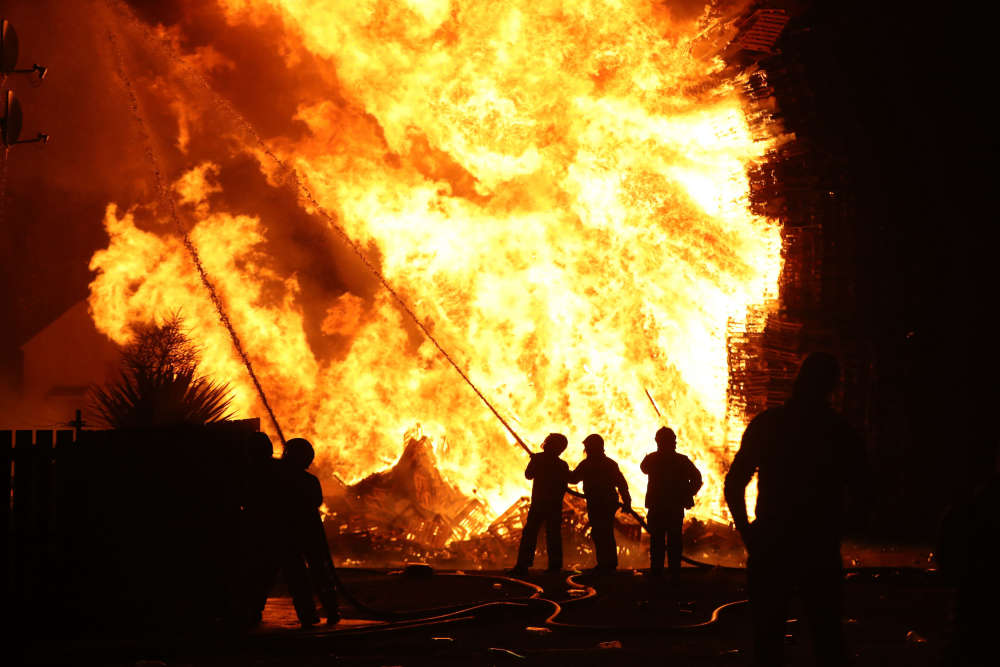
(Firefighters dampen down nearby properties as a huge bonfire in the loyalist Corcrain area of Portadown)
The routes of certain Orange parades became a key friction point, often leading to widespread rioting and violence. While Orangemen insisted they had the right to parade on public roads following long-established traditional routes, residents in many nationalist neighbourhoods protested at what they characterised as displays of sectarian triumphalism passing through their areas.
– Are there other tensions?
The Northern Ireland Protocol, part of the Brexit deal, has aroused anger within unionist and loyalist communities. The Protocol introduced a new trading border to avoid the need for a hard border on the island of Ireland. This means that products being moved from Great Britain to Northern Ireland have to undergo EU import procedures at ports in Larne and Belfast.
Unionists say this damages trade and threatens Northern Ireland’s place in the UK. Earlier this year nearly 90 police officers were hurt after sporadic rioting linked to opposition to the Protocol broke out in several towns and cities in Northern Ireland.
There have been fears that heightened tensions around Eleventh Night bonfires could see a repeat of such scenes, although both unionist and nationalist politicians have called for the events to pass off peacefully.
– Why is the Twelfth different this year?
Covid restrictions mean that the normal July 12 mass parades have been replaced by numerous smaller, local demonstrations. Parades will be held at 100 locations across Northern Ireland on Monday, rather than the traditional 18 main parades.
The Orange Order said organising smaller parades was the best way to ensure the demonstrations went ahead. Last year’s parades were cancelled entirely due to the Covid-19 pandemic and restrictions on public gatherings.


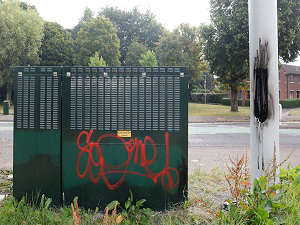 Arson attacks on Belfast 5G phone masts ‘extremely reckless’, say police
Arson attacks on Belfast 5G phone masts ‘extremely reckless’, say police
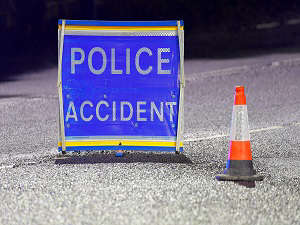 Man dies in hospital after fall from electric scooter
Man dies in hospital after fall from electric scooter
 Slight rise in A* and A grades achieved in A-levels in Northern Ireland
Slight rise in A* and A grades achieved in A-levels in Northern Ireland
 New IRA had planned earlier attack on detective John Caldwell, court told
New IRA had planned earlier attack on detective John Caldwell, court told
 Man in court over murder of Stephen Brannigan and attack on priest in church
Man in court over murder of Stephen Brannigan and attack on priest in church